Eggsistential Crisis
Route Name: Eggsistential Crisis
Rock Formation: Goose Eggs
Number of bolts to be placed: Total of 8 bolts
Six lead bolts and a two bolt anchor.
Route Difficulty: 5.12
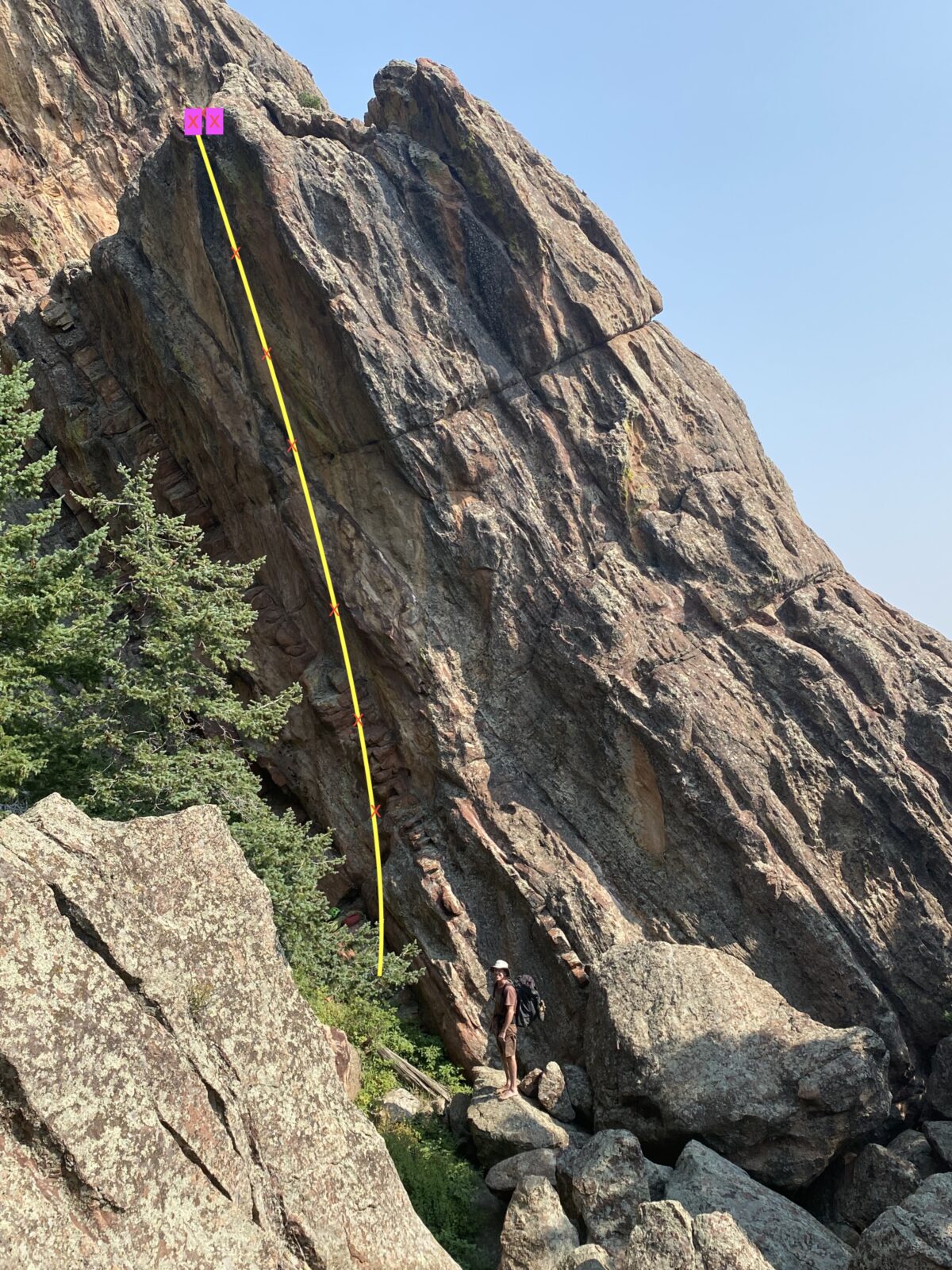
Proposed Route:
The proposed route goes up the steep SW corner of the formation. This is the formation just North of the Southern Goose Egg. The name is a fun play on words: “existential crisis” to Eggsistential Crisis for the Goose Eggs…
A description of existing routes on the same face of the rock formation, including the number of routes, route names, route grade, type, and approximate distance between routes (a photocopy or diagram of the existing route(s) is also required):
There are no other routes on this face of this formation. It is the right side of an overhanging west face, of a formation possibly called the Smallest Egg? (it is very unclear in the Haas guidebook). The Southern Goose Egg has The Sea and the Mirror 5.10c, Fruity Pebbles 5.9, Power Bacon 5.10a, South Ramp 5.1, and Rude Welcome 5.11c. The other Goose Eggs are defined by their East Face routes, which are: Broken Egg East Face 5.2. Smallest Egg East Face Class 4, Northern Egg East Face at 5.3.
A description of the approach (include approximate distance from the designated trail system, existing “social” or undesignated trails leading to the climb and condition of the trail, and state whether there is a durable surface, such as rock.
From the intersection and signpost of the two trails that lead into Fern Canyon (one from Shanahan area, and one from Bear Canyon area), walk west on the Fern Canyon trail another 100 feet, then turn right or north along a very faint track, heading north for about 200 feet. Head west now, up one of the gullies, which will involve some easy scrambling, and searching for the easiest way. After about 5 minutes or 250 feet up and west in these gullies and/or easy slabs, you will enter a flatter area, surrounded by the Goose Eggs; a collection of smallish (50 foot tall) formations The surface of this scramble is mostly rock, and pine needle covered ledges.
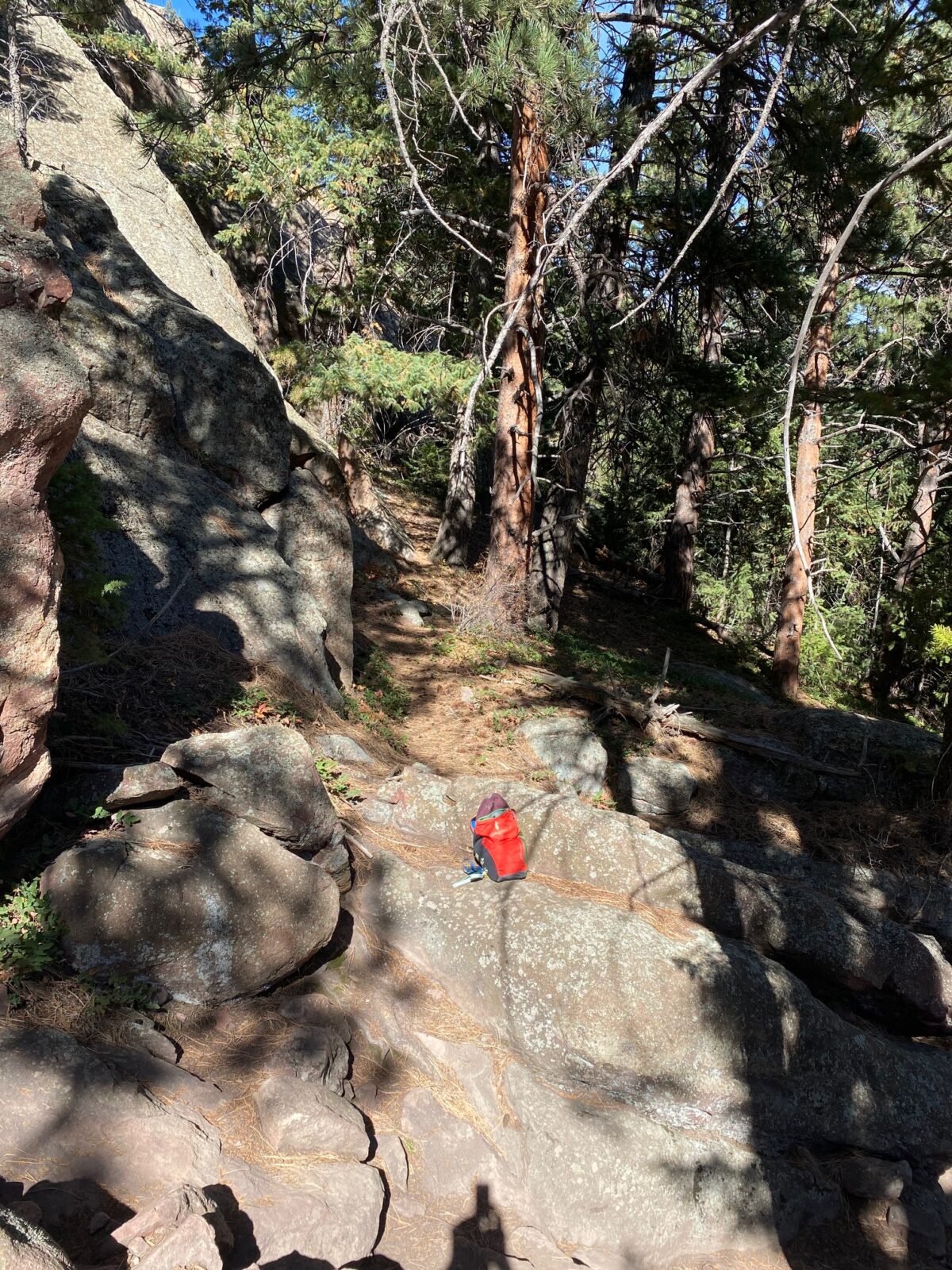
The cut off from the Fern Canyon Trail
If different from the approach, a description of the descent, (include approximate distance from the designated trail system, existing “social” or undesignated trails, a description of the trail condition and whether there is a durable surface, such as rock. Include photographs of the descent.):
Descent from the climb is to lower back to the staging area and hiking out on the same trail as the approach.
A description of the area at the base of the climb (include existing levels of soil compaction, existence of a durable surface such as rock, and existing soil erosion. Include photographs of the area at the base of the climb.):
The base area is flat, with durable surfaces and low vegetation.
Has all reconnaissance work that can be reasonably done, short of placing any hardware, been done?
All reconnaissance is complete.
Has the route been top roped? Is there loose rock? Is it extremely overhanging?
We have successfully top-roped the route, and free climbed all parts of it. There is very little loose rock. The route overhangs perhaps 10 feet, in its 50-foot height.
Any additional notes:
none

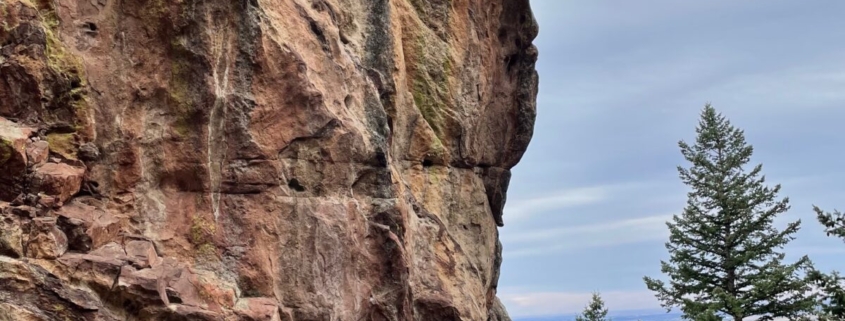
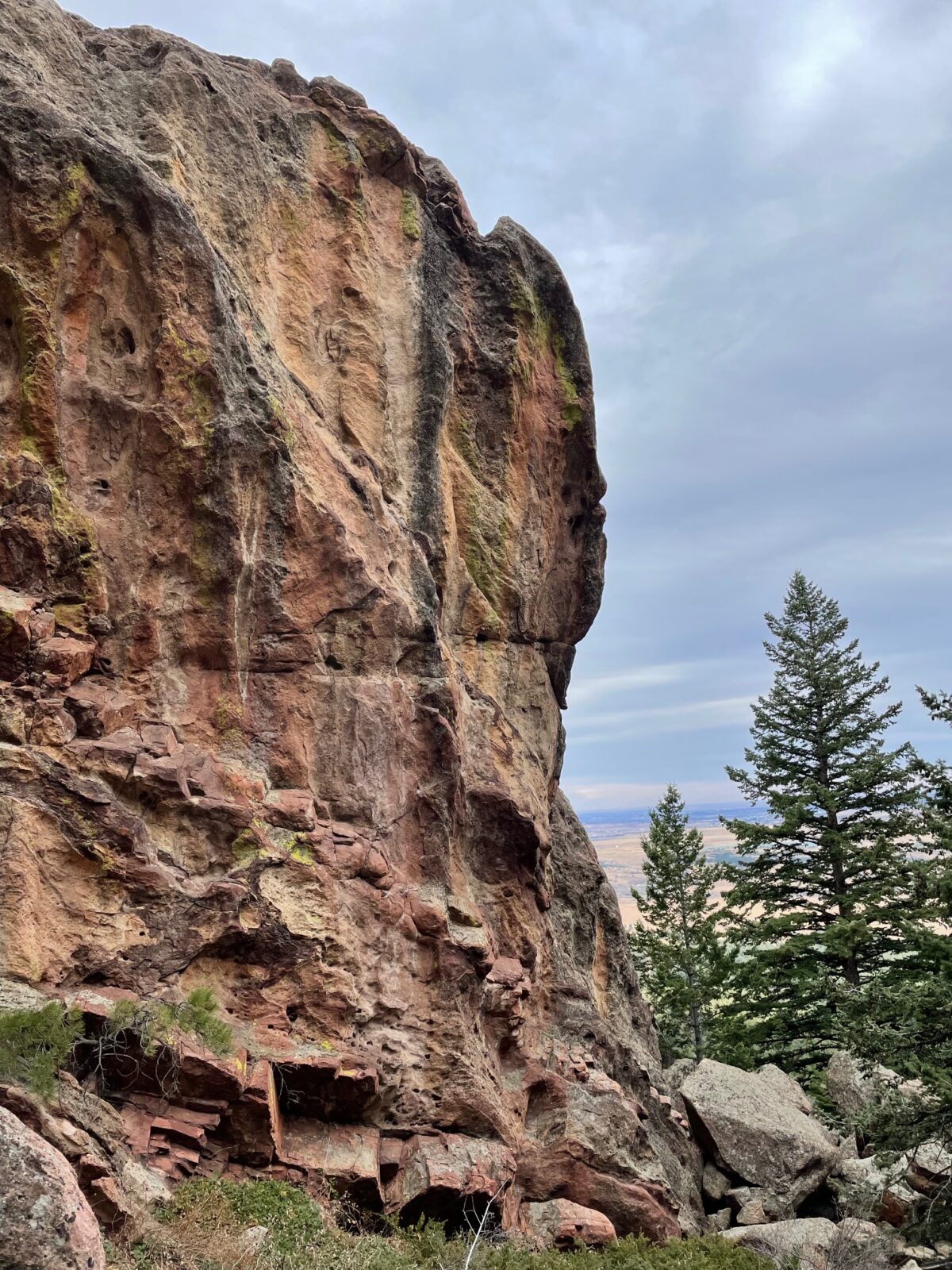
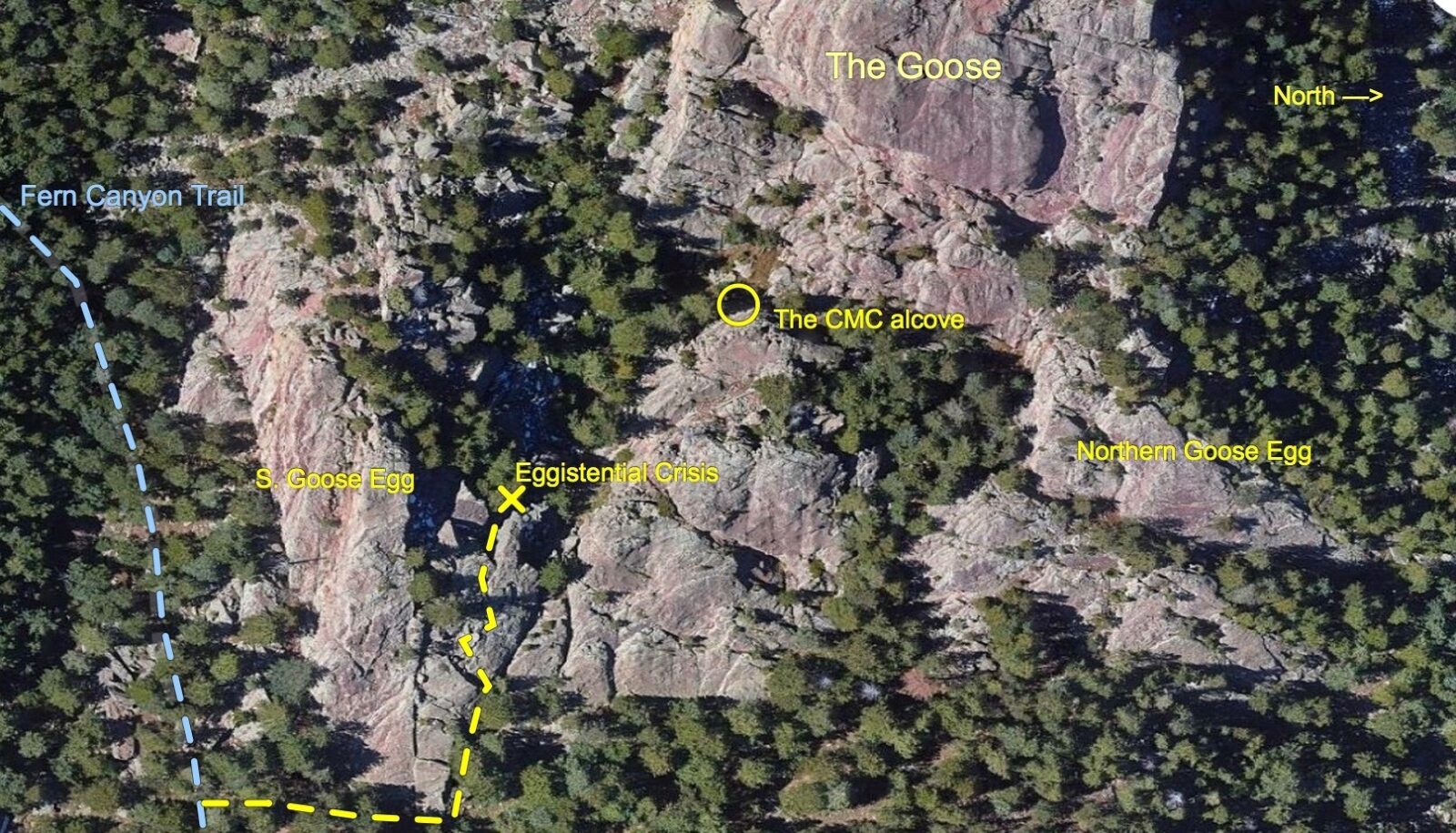
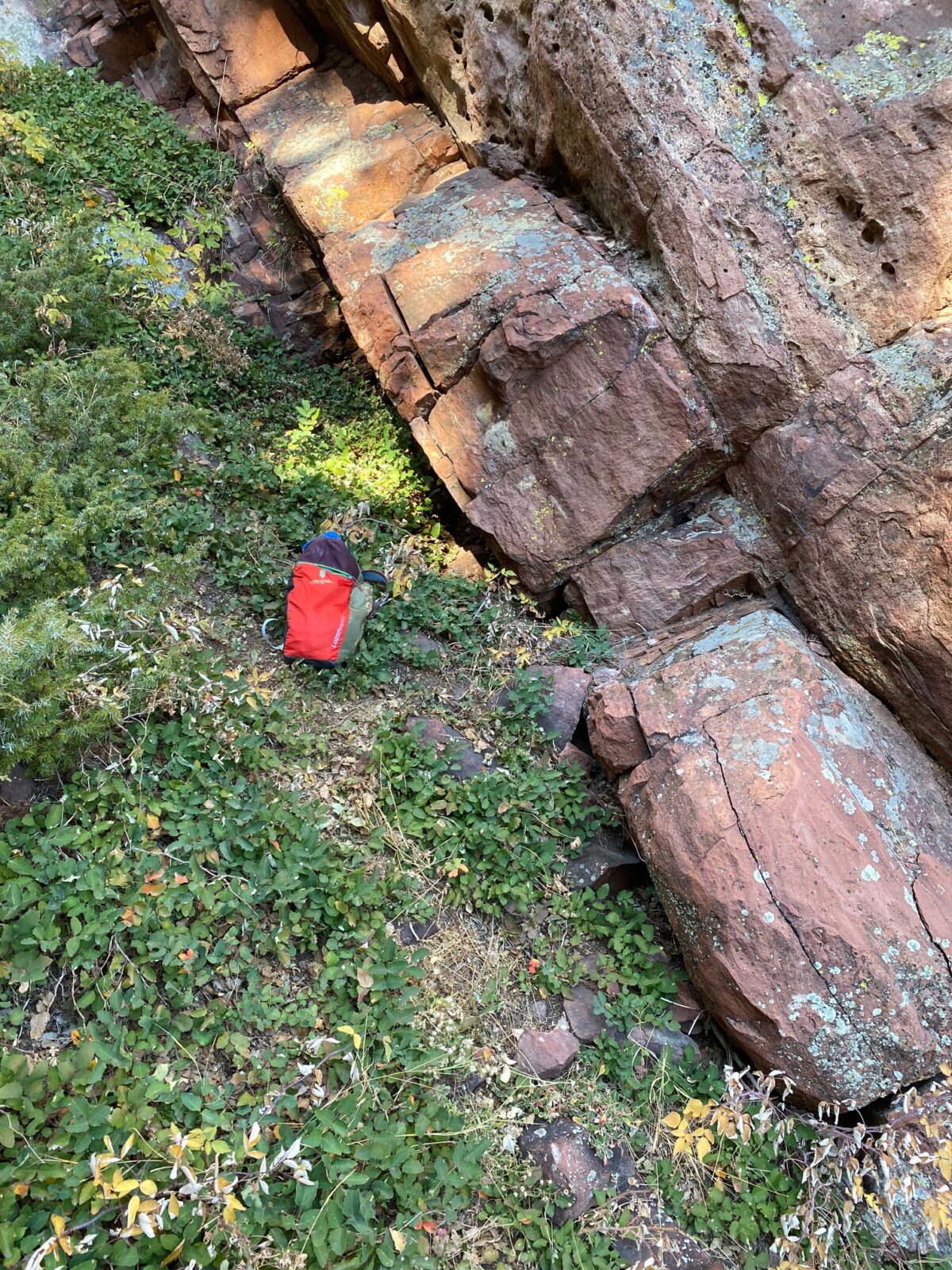


This is a cool little pillar; looked at it years ago and always thought it needed a route. I vote yes!
Looks and sounds really cool. Yes please!
Looks like a fun route
Looks like a fun line in a cool location. I vote yes.
This area always looks amazing from the Slab, looks even better up close! Nice find, I’m all for it.